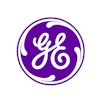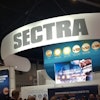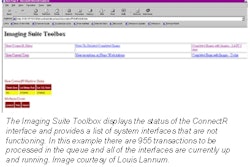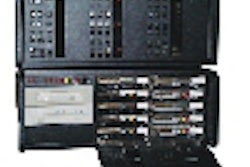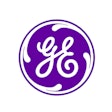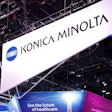SALT LAKE CITY - The prospect of remote radiologists using teleradiology to swoop in and steal business from local practices has inspired controversy for years. While local radiologists believe they are best suited to interpret images at their institutions, some academic radiologists claim the benefits of subspecialty expertise provide great value to the patient.
In a debate Friday at SCAR 2001 entitled "Where Should Images Be Interpreted?" SCAR brought together radiologists with different viewpoints to tackle this complex issue.
Because of their proximity to the patient being imaged and their ready access to all relevant clinical information, radiologists based in the community are best situated to handle local imaging studies, said Dr. Royce Zobell of Inland Imaging in Spokane, WA.
"Interpretation, like visualizing art, is highly contextual," he said. "It's not a slam dunk, where you can just read it and move on to the next case."
In addition, local radiologists are better positioned to collaborate with colleagues such as cardiovascular surgeons, Zobell said. Also, the condition of patients can change rapidly, necessitating speedy access to information and a prompt diagnosis.
"In an emergency situation, (patient information) can change second by second," Zobell said. "Can you beam (a study) to Japan or Texas, and expect the context to come with it?"
Patients do benefit from access to subspecialty expertise, however, said Dr. Giles Boland of the Massachusetts General Hospital/Partners Healthcare in Boston.
"We have 74 staff radiologists at Mass General, with 15 subspecialty divisions," he said. "There are going to be people there, on average, who are going to know what they're reading more of the time than somebody from general practice. I know that's a controversial statement to make, but if you take an abdominal CT to a subspecialty GI reader, they're going to know more about that CT."
A subspecialist is better for some types of examinations, agreed Dr. Michael Recht of the Cleveland Clinic Foundation.
"Neurosurgeons, orthopedic surgeons, neurologists -- those are the ones that are primarily asking us to interpret their images," he said. "And the reason is that they're looking for subspecialty reads. They're not on-call studies. We're not trying to replace the local radiologist."
Some local radiologists believe that remote interpretation of imaging studies raises ethical issues. Local radiologists have a responsibility not only to their profession, but also to their referring physicians, community, and hospital, said Dr. William Keyes of Inland Imaging.
"In Spokane, three-fourths of our MRIs are privately owned and half of the CTs available to our community are privately owned," Keyes said. "It is because the local radiologist took on the financial and personal risk of establishing these services that they are available to the community."
In addition, local radiology groups can't confine their activities to CT and MR imaging, Keyes said.
"Last year, Inland Imaging lost $1 million in mammography alone, but we have to provide these loss leaders because that's a full community service," he said. "That's the business of our profession."
Local radiologists' can have personal contact with patients, an advantage that remote readers can't replace, he said. In addition, local radiology groups are often very involved at their hospitals, serving on committees, running the radiology department, and aiding in getting the best equipment for the hospital's patients, he said.
"Reading studies is just a small part of what we do," Keyes said.
By Erik L. Ridley
AuntMinnie.com staff writer
May 4, 2001
To view the rest of AuntMinnie's coverage of the SCAR meeting, just go to our RADCast@SCAR 2001 at http://scar.auntminnie.com.
Click here to post your comments about this story in our PACS Digital Community. Please include the headline of the article in your message.
Copyright © 2001 AuntMinnie.com

